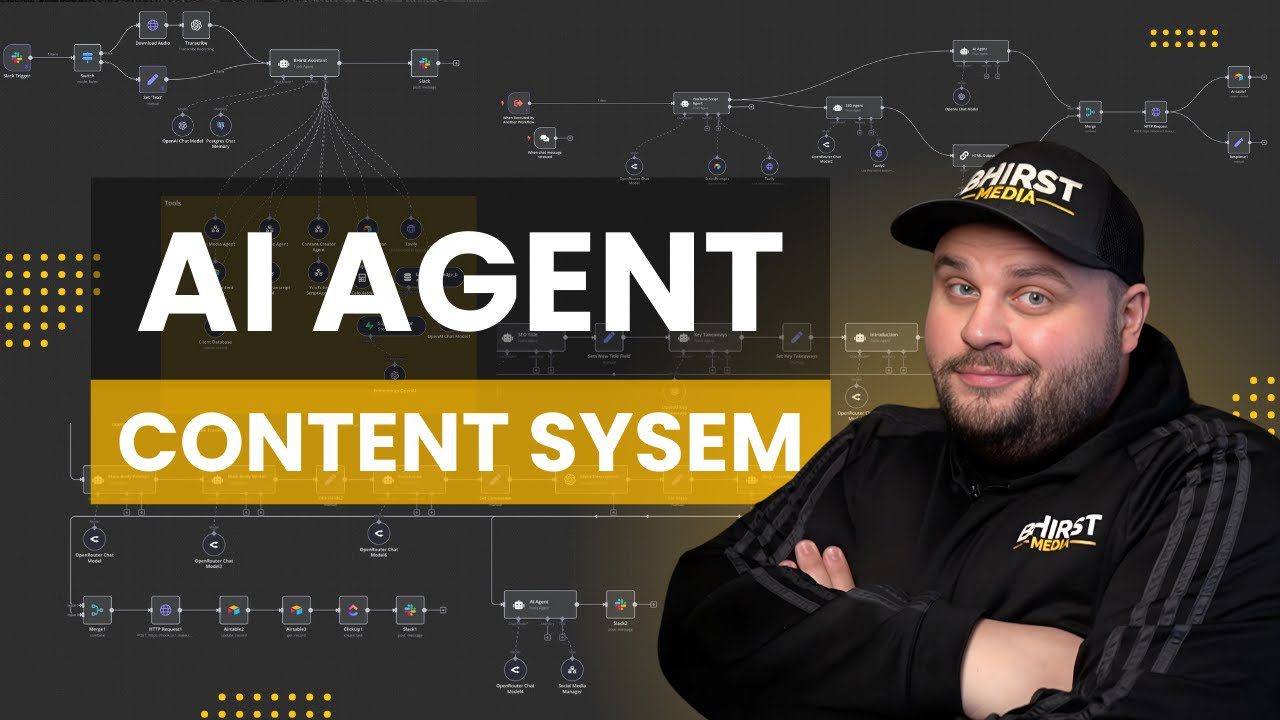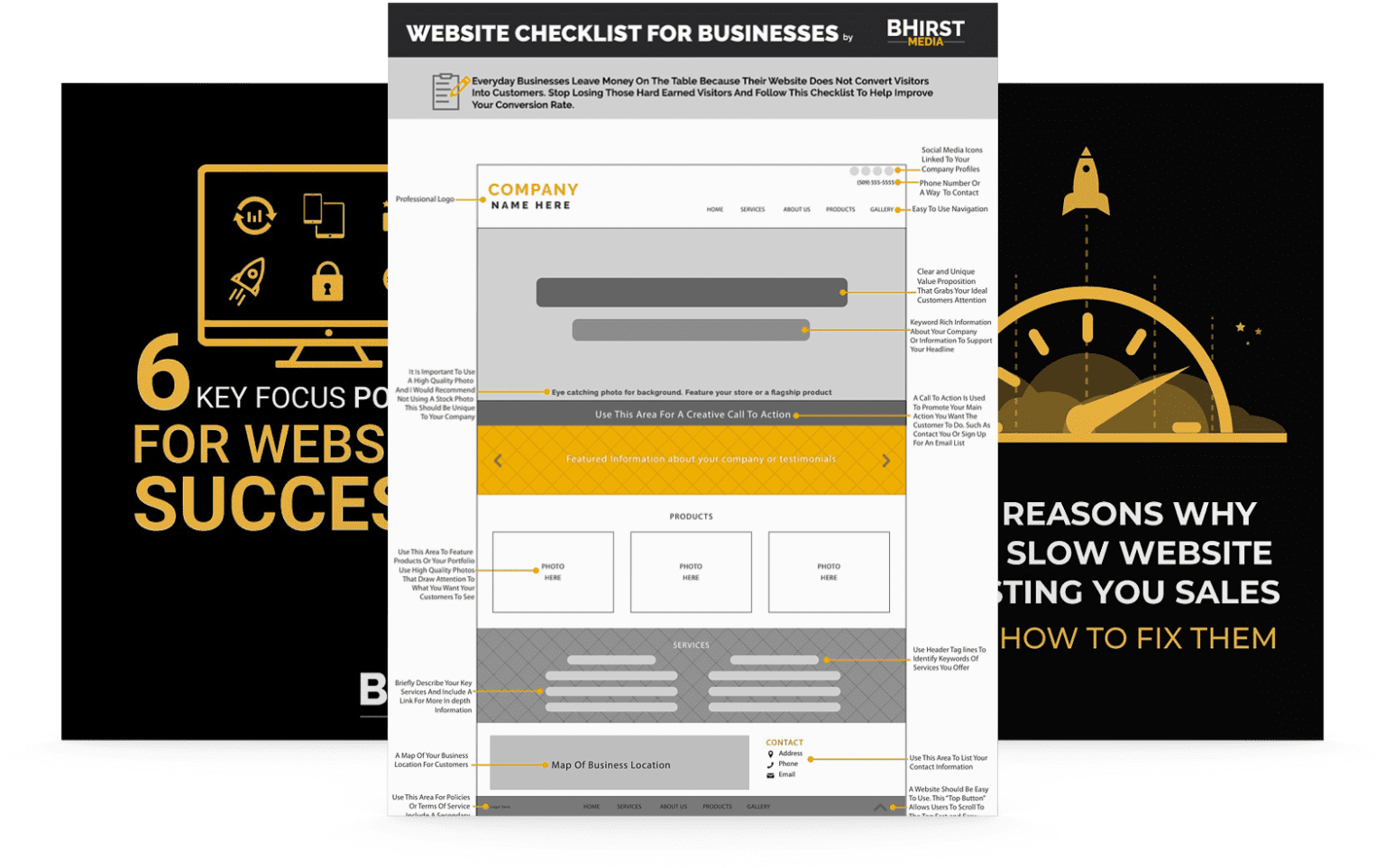
AI-powered content repurposing revolutionizes digital marketing by transforming a single video into multiple assets with minimal effort. By leveraging advanced automation tools, creators can now maximize their content’s reach and ROI while maintaining quality across diverse platforms and formats.
With a streamlined, AI-powered content repurposing process, creators can amplify their message across platforms, save time, and minimize decision fatigue. Keep reading to discover step-by-step workflows, tool recommendations, and platform strategies to make your content work smarter, not harder.
Imagine having a tool that could transform a single piece of content into 14 unique assets, all while liberating you to focus on creative strategy and impactful storytelling. With AI automation in content creation, this isn’t just a possibility—it’s the operational reality for forward-thinking marketers and content strategists.
By leveraging AI-driven tools, you can repurpose videos into blogs, social media snippets, podcasts, and more, saving valuable time while sparking unprecedented creative narratives with minimal manual effort. Efficiency gains are only part of the equation—true business impact comes from seamless content diversification.
Let’s explore how AI can revolutionize your content marketing strategy, providing tangible examples across diverse industries.
Content creation is a traditionally time-intensive endeavor, especially when the objective is to consistently produce high-quality, engaging material tailored for multiple platforms. Here’s where AI automation steps in, revolutionizing how content is produced, optimized, and distributed. These tools not only save time but also unlock creative capabilities that might otherwise be overlooked, effectively turning a single piece of content into a multitude of engaging assets.
Specifically, in the field of video content automation, AI technologies analyze scripts, voice recordings, and visual elements to generate transcripts and subtitles, and to pinpoint key moments. This process can be fully automated, allowing for real-time content adaptation to various formats. Envision your video’s dialogue transcribed instantly, providing meta-data to enhance SEO and facilitate repurposing for different content formats—all through AI-driven automation.

In the digital age, content creation can be a time-consuming endeavor, particularly when it involves resource-intensive formats like video production. However, the advent of AI has revolutionized this process by making it efficient, scalable, and cost-effective. Content repurposing with AI automation isn’t just about recycling content; it’s about strategically amplifying reach, optimizing engagement, and ultimately, maximizing ROI from a single piece of content. Think about the possibilities: taking one video and using AI to generate articles, social media snippets, webinars, podcasts, and more. This transformation not only multiplies your content output but does so with minimal additional manual work.
The strategic benefits are manifold, extending across various industries. When you repurpose with AI, you’re not only repurposing content but also leveraging advanced algorithms to tailor content for different platforms, targeting diverse audience segments. This nuanced approach leads to better audience targeting, as AI can analyze engagement data to optimize messages for specific demographics—whether you’re in marketing, education, or even healthcare communications. Moreover, there’s a hidden advantage in using AI automation: reduced decision fatigue. Creative blocks often stem from the overwhelming choices content creators face. AI helps by suggesting content variations, formats, and even themes, thus guiding you through the creative process and freeing up your cognitive resources for other strategic decisions.
Start by thoroughly analyzing your video content. Tools like YouTube Analytics or integrations via Zapier can automatically extract key metrics such as watch time, engagement hotspots, and pivotal messages. AI-powered tools like Rev or Otter.ai can then transcribe your video, creating a full script that serves as a foundation for further repurposing. Understanding the content of your video step-by-step allows you to identify which segments are most impactful and adaptable for different content formats. This approach is useful not only in marketing but also in fields like education, where key lecture segments can be repurposed into quizzes or study guides.
By breaking down your video into its constituent parts, you can prioritize which elements to repurpose. This transcription step is crucial because it provides text that can be seamlessly edited and adapted for different platforms.
Once you have your script, segment it into manageable blocks or sentences that can be repurposed into various content forms. Here, AI tools come into play to streamline the process, regardless of your industry:
By organizing your content systematically, AI reduces the cognitive load on creators, allowing you to focus on shaping the narrative rather than deciding what to write next.
Leverage AI to generate different versions of content pieces. For instance:
This step showcases AI’s transformative potential. It doesn’t just adapt content but also allows you to reach different segments of your audience with personalized experiences. Imagine a healthcare provider using AI to translate a medical explanation video into multiple languages with localized cultural nuances, or a financial advisor creating customized investment advice snippets based on client demographics.

Beyond these, also consider tools like Jasper.ai for generating SEO-optimized blog posts and Synthesia for creating AI-driven video content from text.
By integrating these tools, content creators across various industries can streamline processes, ensuring consistency while scaling production. For example, legal firms can use these tools to repurpose webinars into training modules, while retail companies can transform product demos into engaging social media campaigns.
By adhering to these practices, you’ll maximize efficiency without compromising your brand’s identity or quality standards.
Q: How do you maintain content quality when using AI?
Q: What platforms are best for repurposed content?
With AI automation, content creators can repurpose a single video into a diverse array of compelling pieces, streamlining workflows and maximizing ROI. By leveraging advanced tools and adhering to best practices, you can simplify your content creation process without sacrificing quality. However, the real opportunity lies not just in current applications, but in anticipating future advancements.
Looking ahead, businesses that embrace adaptable strategies and data-driven decision-making will lead in an increasingly competitive landscape. Whether through emerging technologies, customer-first innovation, or operational agility, the next era of success will belong to those who can not just adapt—but anticipate change. The real question isn’t if you’ll adopt these advancements—but how effectively you’ll use them to gain a competitive edge.
